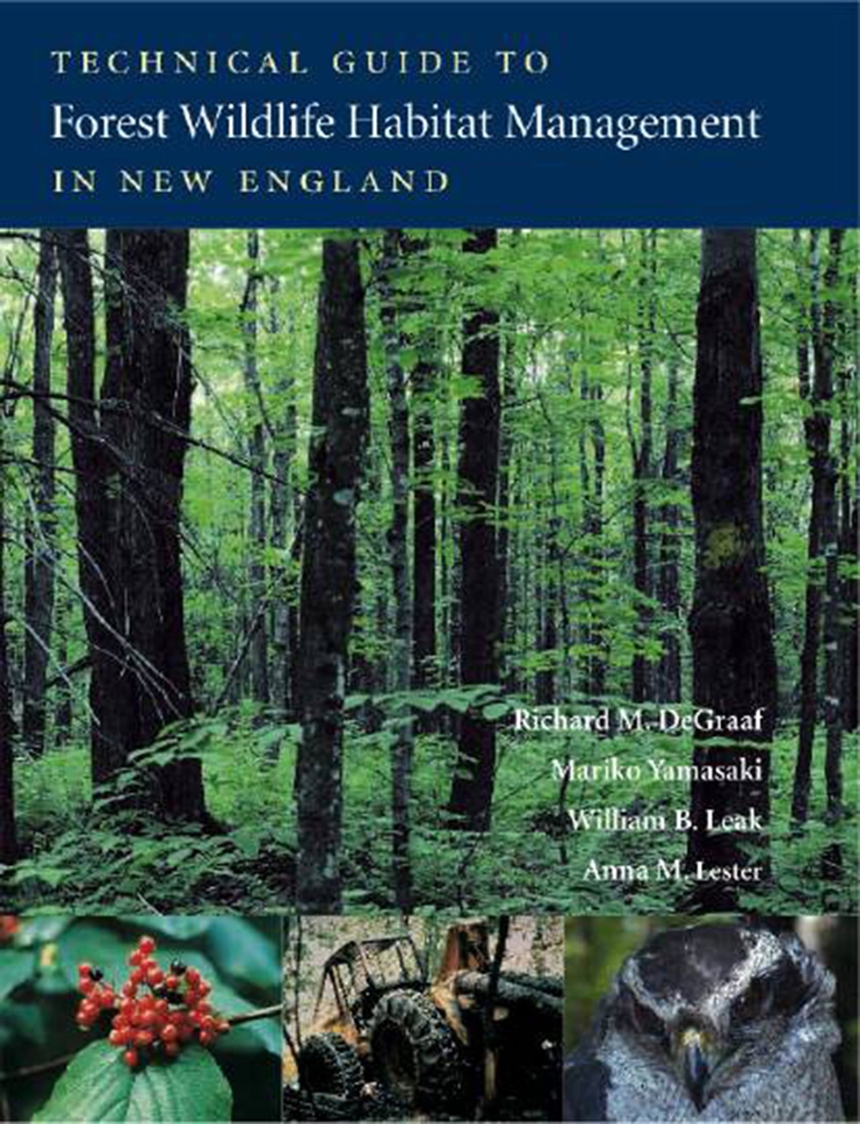University Press of New England
Technical Guide to Forest Wildlife Habitat Management in New England
9781584655879
Distributed for University Press of New England
Technical Guide to Forest Wildlife Habitat Management in New England
Centuries of human use and natural processes have shaped forest habitats and their wildlife populations in New England. Conditions are never static. Forest and nonforest habitats for a shifting mosaic of New England fauna were once continuously provided by wind, fire, blowdowns, forest regrowth, and other disturbances. This is no longer the case: development of historically open habitats, fire control, and the decline of agriculture have transformed the landscape. Wildlife associated with forests and woodlots—fisher and pileated woodpecker, for example—have become common. Species associated with old fields, brushlands, and young forests—field sparrows, eastern towhees, and New England cottontails, among many others—have declined precipitously as their habitats have been developed or have reverted to forest. Today in much of the region, forests are mature and largely unmanaged, and most are privately owned. This volume is the essential compilation of forest management practices now crucial for creating a range of forest habitat conditions to maintain or enhance forest wildlife diversity in New England. Inspired by the ground-breaking earlier works of these four distinguished biologists, foresters, and their colleagues, Forest Wildlife Habitat Management in New England presents silvicultural options for aspen-birch, northern hardwoods, swamp hardwoods, spruce-fir, hemlock, and oak-pine forests, and a wealth of information on both upland and wetland nonforested habitats. Implementing the prescribed practices will create forest conditions that will enhance wildlife diversity by providing habitats for amphibians, reptiles, birds, and mammals. In conjunction with the authors’ companion books, New England Wildlife and Landowner’s Guide to Wildlife Habitat, this comprehensive new professional guide will encourage and facilitate cooperative active land management by landowners and professionals united in their mission to preserve New England’s precious wildlife heritage. This indispensable volume is written for professional foresters, wildlife biologists, and other natural resource managers.
